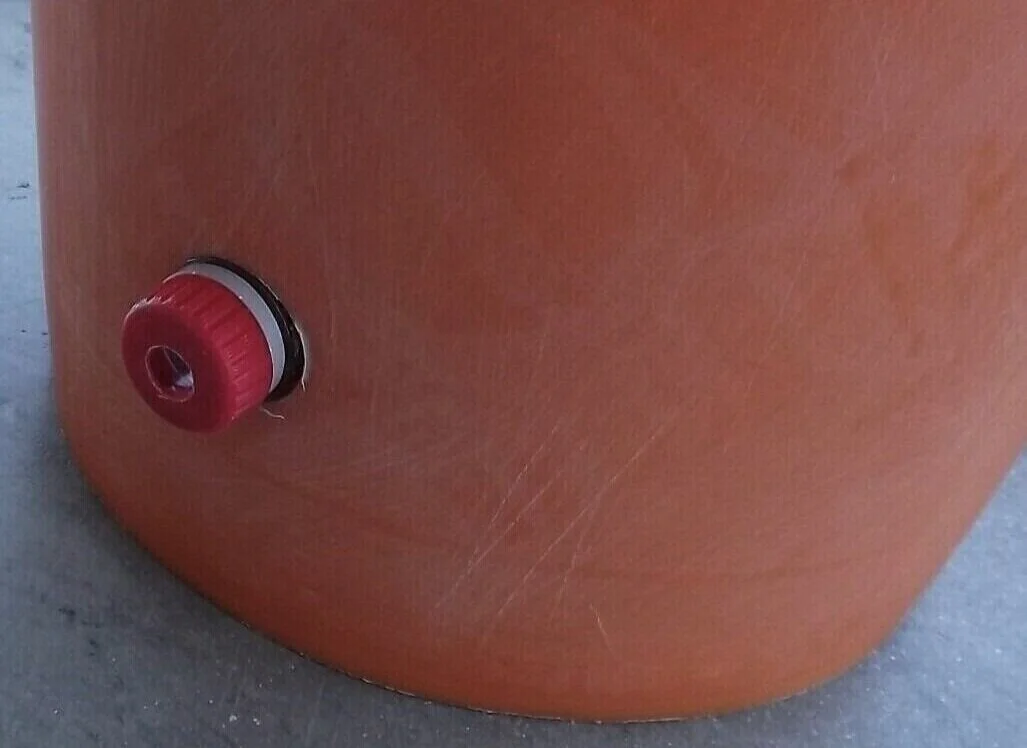Social Design in Longido: Sustainable Beekeeping
Capstone project 2018-19
Ongoing—See “Next steps”
Background
In my fourth year of studio, I worked alongside business students in collaboration with the Maasai community in Longido, Tanzania. Our goal was to create collaborative designs which improve the quality of life of the Maasai people who live with limited resources. Our designs were guided by the principles of empathy, durability, and sustainability. To accomplish this the process was iterative and included mid-year travel to meet with the Maasai, pitch initial concepts, test early prototypes, and evaluate local resources.
This thesis project is also part of the From Buckets to Rain Barrels Initiative
Context
The Maasai in Longido Tanzania lack ample grazing land and possess a pseudo-sedentary lifestyle that leads to population growth. This lifestyle, which has sustained them for thousands of years, will soon be unable to sustainably support the community. A long-standing tradition, both in Africa as a whole and in Tanzania, beekeeping is already being practiced by many on a small scale.
Opportunity
Log hives have an inefficient use cycle, involving splitting the hive to harvest. This introduces impurities to the honey and hurts the bee colony.
Tanzanian Government has recently enacted deforestation regulations, making log hives illegal to manufacture.
Tanzania has a large indigenous honey bee population making small scale beekeeping a viable practice.
Problem
With an increasing need for steady food supply, it has become challenging for the women of the community to provide enough for their families. Providing stable alternatives such as apiculture increases the available reliable food sources. Further, where Longido suffers from tremendous resource scarcity, beekeeping is attractive as it does not require much investment yet supplies excellent returns. Beekeeping has been shown to not only benefit agriculture, but also to provide a range of benefits to the community.
Bee Related Statistics
Project Goal(s)
Increase food security, sustainably;
Design a beehive that could easily be constructed by the Masaai in Longido using materials and skills they have readily available;
Create a single system that encompasses the entire beekeeping process;
Generate small business opportunities utilizing hives that allow the beekeeper to derive increased honey and wax to sell.
UN Sustainability Goals Related to Project
The central goal of the project is to increase the food security of the Maasai in Longido; sustainable beekeeping supplies users with nutritional foodstuffs with additional benefits such as first-aid by virtue of the antimicrobial nature of honey, and other value-add products.
Current log-based beekeeping is not sustainable: trees are felled and hollowed to produce hives that have short lifespans and harm colonies during harvest. Project aims: to introduce a simple and sustainable method of producing hives, to increase the consumption of honey, and to improve the relationship between keepers and bees.
Through the introduction of sustainable hive-making and various hive-based products to bring to market, members of the community are given entrepreneurship opportunities both in producing and selling hives and selling bee-based products.
Ideation
When introducing modern sustainable beekeeping to the Maasai in Longido, it was important to derive a process where members of community perform both hive production and harvesting, ensuring a deeper understanding of the process. By using skills and materials available to the community, hives are easier to produce and maintain.
It is important, however, to realize that the bees are just as much stakeholders of the hive as the Maasai, thus the hive must be made of organic materials. In order to produce simple hives that are versatile, a burlap sleeve can be constructed that fits within a 5 gallon bucket–making the bucket suitable for a bee colony. This sleeve allows users to create hives from any bucket they have available without destroying the bucket so it can be used in the future.
Maasai-Centric Stakeholder Map
Hive-Centric Stakeholder Map
Concept/Use cycle
4th Year show/booth
4th year show/materials
Features/Top Bar Frames
Top bar frames made from the flexible bucket lid, wrapped with sisal allow the user to flex the frame to eject combs during harvest.
Features/Entrance
Hive entrance sewn to inside burlap layer. Provides option to create different size entrance for different size bee (stingless bee is much smaller).
Features/membrane
Inside burlap membrane of the hive can hang independent from the bucket allowing the hive to maintain itself during harvest. The burlap membrane provides an organic layer for the bees to live within the plastic bucket.
Features/4 Use Canopy
Canopy is waxed to protect from weather, and scented with bee attractant. It can be removed to be used as a work surface. Inspired by buoy striping, different styles of fabric can be used to denote ownership of the hive.
Features/Bucket
The bottom of the bucket has holes for ventilation and filtration during harvest. Bucket can be removed from the hive and used as a press sieve to crush the honeycombs separating the wax from honey during harvest.
features/tool
Tool designed to be used for all measurement and spacing in the project given resource/tool limits in the community. Simplifies the measuring by providing template/jig for various parts of the manufacturing process.
Presenting to a panel of Masaai Elders in Longido
Next Steps
I am fortunate that Project Tembo—the NGO that made this project possible—has decided to pick up the project. I am currently planning further testing prior to implementation of my concept. Next steps: run a successful colony, harvest honey, recreate the full-scale prototype in Tanzania with local manufacturers, and conduct further testing in the (local) field.
For more information check out some of my supporting documentation. The instructions illustrate the manufacturing process for the hive, the report details the design process, and the blog shows how I dove into the problem context.






















